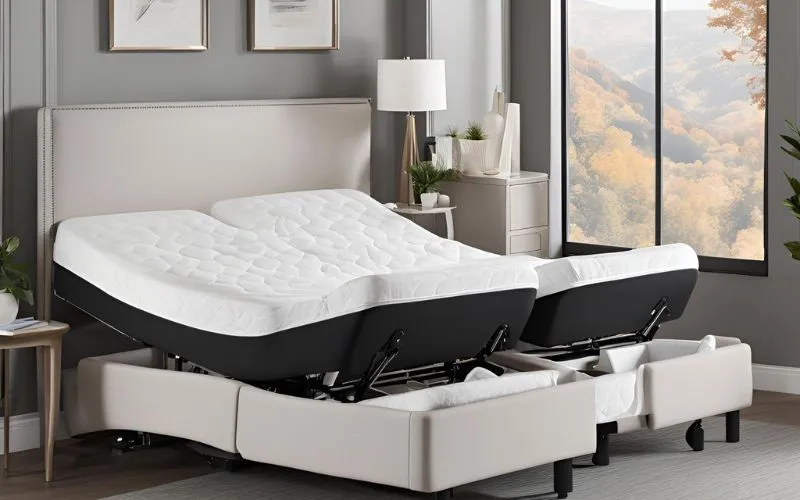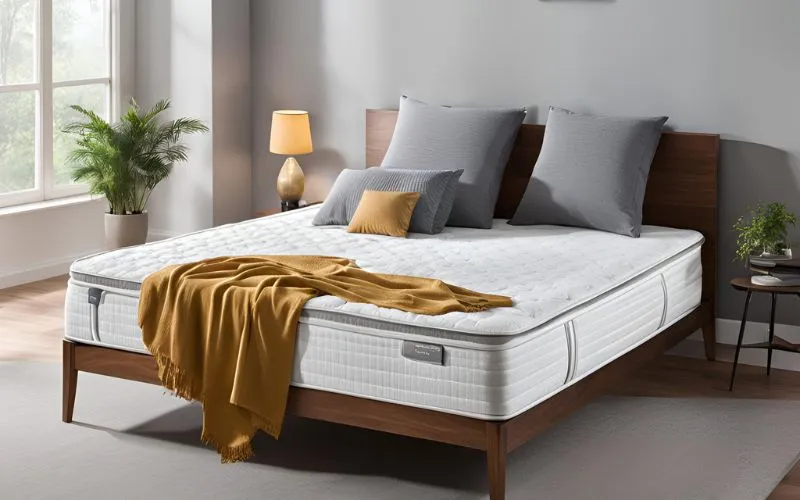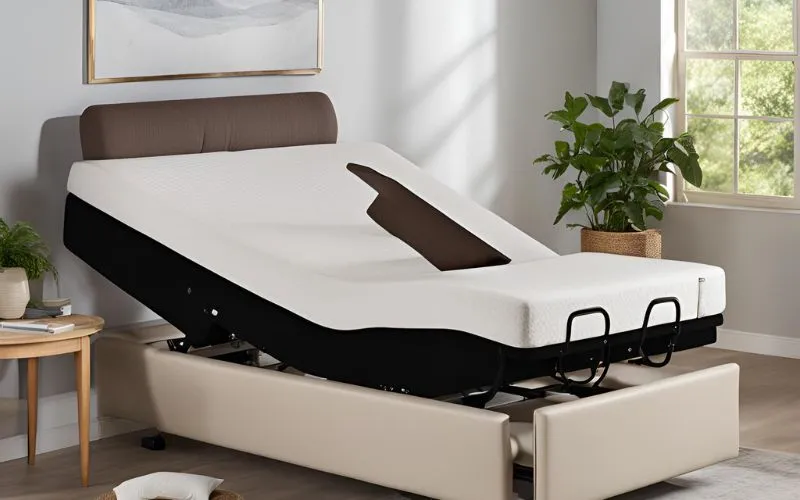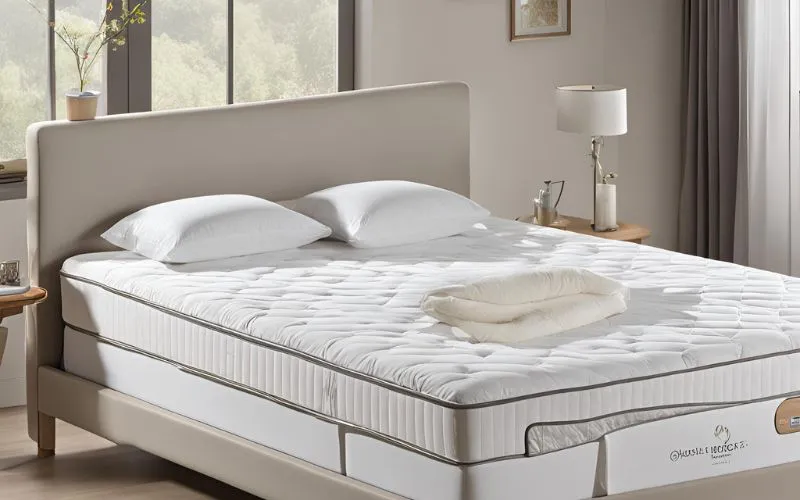Enhancing Recovery with Adjustable Beds for Physical Therapy

Introduction
Physical therapy plays a crucial role in rehabilitation and recovery. When combined with the right equipment, such as adjustable beds, it can significantly enhance patient comfort and aid in the healing process. This comprehensive guide will delve into the nuances of using adjustable beds for physical therapy and the myriad benefits they offer.
Understanding Physical Therapy and Its Benefits with Adjustable Beds
What is Physical Therapy?
Physical therapy, often referred to as physiotherapy, is a specialized form of treatment aimed at improving mobility, relieving pain, and promoting overall physical well-being. It encompasses a range of modalities including exercise, manual therapy, and the use of specialized equipment to address various musculoskeletal and neurological conditions.
- Physical therapy involves creating personalized treatment plans to help individuals improve their movement, manage pain, and prevent disability.
- It focuses on addressing issues related to the musculoskeletal, neuromuscular, and cardiopulmonary systems.
- The goals of physical therapy are to restore function, improve mobility, increase strength, and alleviate pain.
- Physical therapists also educate patients about maintenance and prevention to avoid re-injury or worsening of conditions.
Benefits of Physical Therapy
Physical therapy offers a multitude of benefits, including improved functionality, pain relief, and enhanced quality of life. Additionally, it aids in injury recovery, facilitates rehabilitation after surgery, and provides effective management for chronic conditions such as arthritis and fibromyalgia.
Choosing the Right Adjustable Bed for Physical Therapy
Features to Look for in an Adjustable Bed for Physical Therapy
When selecting an adjustable bed for physical therapy, it’s essential to consider features that prioritize comfort, support, and versatility. Look for beds with customizable positioning, adequate mattress support, and user-friendly controls to ensure optimal functionality during therapy sessions.
Adjustable Bed Types and Their Benefits for Physical Therapy
When it comes to physical therapy, the right type of adjustable bed can make a significant difference in comfort, support, and overall well-being. Let’s explore the various types of adjustable beds and their specific benefits for physical therapy:
- Split King Beds: These beds are designed to provide individualized positioning, making them ideal for couples with different sleep and support needs. For physical therapy, the ability to adjust each side of the bed independently can accommodate specific postures and support requirements, especially for individuals with different mobility levels.
- Zero Gravity Beds: With the ability to elevate the legs and upper body to a neutral and weightless position, zero gravity beds promote spinal alignment and minimize pressure on the muscles and joints. This feature is invaluable for physical therapy, as it can alleviate discomfort, reduce swelling, and aid in the recovery process.
- Massage Beds: Integrating massage functionality into an adjustable bed can offer enhanced relaxation, pain relief, and improved circulation. For physical therapy, the gentle massaging action can help soothe sore muscles, enhance flexibility, and promote faster recovery after intense rehabilitation sessions.
- Infrared Therapy Beds: These advanced beds incorporate infrared technology to provide deep heat therapy, which can effectively alleviate muscle stiffness, improve blood flow, and accelerate the healing process. Individuals undergoing physical therapy can benefit from the targeted heat therapy to ease pain, enhance mobility, and promote overall comfort.
- Lumbar Support Beds: Specifically designed to provide targeted support to the lumbar region, these beds can be highly beneficial for individuals with lower back pain or those seeking improved spinal alignment during physical therapy. The adjustable lumbar support feature can help alleviate discomfort and provide customized support based on the individual’s therapeutic needs.
Using Adjustable Beds for Targeted Physical Therapy Exercises
Exercises and Stretches Utilizing Adjustable Beds
Adjustable beds are a versatile tool for performing a wide variety of targeted exercises and stretches that contribute to improved mobility, muscle strengthening, and tension relief. In addition to the exercises mentioned earlier, there are several other effective techniques that can be performed using adjustable beds:
- Knee-to-Chest Stretch: This stretch is beneficial for loosening the lower back and relieving tightness in the hips. By gently bringing one knee toward the chest while lying on the adjustable bed, individuals can experience a gentle stretch in the lower back and hip area.
- Hamstring Stretch: With the help of adjustable beds, individuals can comfortably stretch their hamstrings by elevating one leg while keeping the other flat on the bed. This position allows for a deep, effective hamstring stretch without causing strain on the lower back.
- Side Leg Raises: By adjusting the angle of the adjustable bed, individuals can perform targeted side leg raises to strengthen the hip abductors and improve overall lower body stability and balance.
Furthermore, adjustable beds can also be utilized for gentle yoga poses, such as the reclined spinal twist and reclined butterfly pose, allowing individuals to experience the rejuvenating benefits of yoga while maintaining the support of the adjustable bed.
Tips for Optimal Utilization of Adjustable Beds in Physical Therapy
- Proper Positioning: It is crucial to ensure that patients are positioned correctly on the adjustable bed to support the targeted physical therapy exercises. This involves aligning the body in a way that optimizes the effectiveness of the therapy.
- Prescribed Exercise Regimens: A tailored exercise regimen is essential for maximizing the benefits of adjustable beds in physical therapy. Each patient should have a personalized exercise plan designed to address their specific therapeutic needs.
- Adjust Bed Settings: The ability to customize bed settings is a key feature of adjustable beds. These settings should be adjusted to accommodate the specific therapeutic requirements of each patient, ensuring that the therapy is targeted and effective.
- Patient Education and Support: Educating patients about the benefits of adjustable beds and providing ongoing support are integral to their successful utilization in physical therapy. Patients should understand the impact of proper positioning and exercise regimens on their recovery and overall well-being.
Maximizing Recovery with Adjustable Beds
Role of Adjustable Beds in Recovery Process
Adjustable beds play a pivotal role in the recovery process by providing customizable support, promoting optimal circulation, and minimizing pressure points. Their ability to enhance comfort and alleviate strain contributes significantly to the overall efficiency of the recovery journey.
- Customizable Support: Adjustable beds offer personalized support options, allowing individuals to find the most comfortable and beneficial sleeping positions for their specific recovery needs.
- Promotion of Optimal Circulation: By adjusting the bed’s position, users can improve blood circulation, which is crucial for facilitating the body’s healing process.
- Minimization of Pressure Points: The adjustable features of these beds help in reducing pressure points, preventing discomfort and promoting better sleep quality.
Furthermore, adjustable beds are designed to assist in elevating the legs and upper body, which can aid in reducing swelling, improving breathing, and providing optimal comfort during the recovery phase.
Enhancing Comfort and Support for Better Recovery
Enhancing Comfort and Support for Better Recovery
Adjustable beds offer a wide range of features that enhance comfort and support for individuals during the recovery process. These features include:
- Customized Elevation: Adjustable beds allow users to elevate specific parts of their body, such as the head, back, or legs, to find the most comfortable and supportive position for rest and recovery.
- Pressure Relief: The ability to adjust the firmness and angle of the bed helps in relieving pressure on sensitive areas, reducing discomfort, and promoting better circulation.
- Enhanced Sleep Quality: By facilitating optimal rest positions, adjustable beds contribute to improved sleep quality, ensuring that individuals experience restorative and uninterrupted sleep, which is essential for the recovery process.
- Reduction of Discomfort: Customizable support provided by adjustable beds minimizes discomfort by accommodating individual preferences and alleviating pressure points, allowing for a more comfortable recovery experience.
- Improved Overall Well-being: The combination of enhanced comfort and support offered by adjustable beds contributes to an overall sense of well-being, aiding in the holistic recovery of individuals.
Conclusion
Adjustable beds hold immense potential in optimizing physical therapy outcomes and enhancing the overall quality of care for patients. By leveraging their customizable features and therapeutic functionality, these beds have become indispensable tools in the realm of rehabilitation and recovery, offering a holistic approach to patient well-being.




